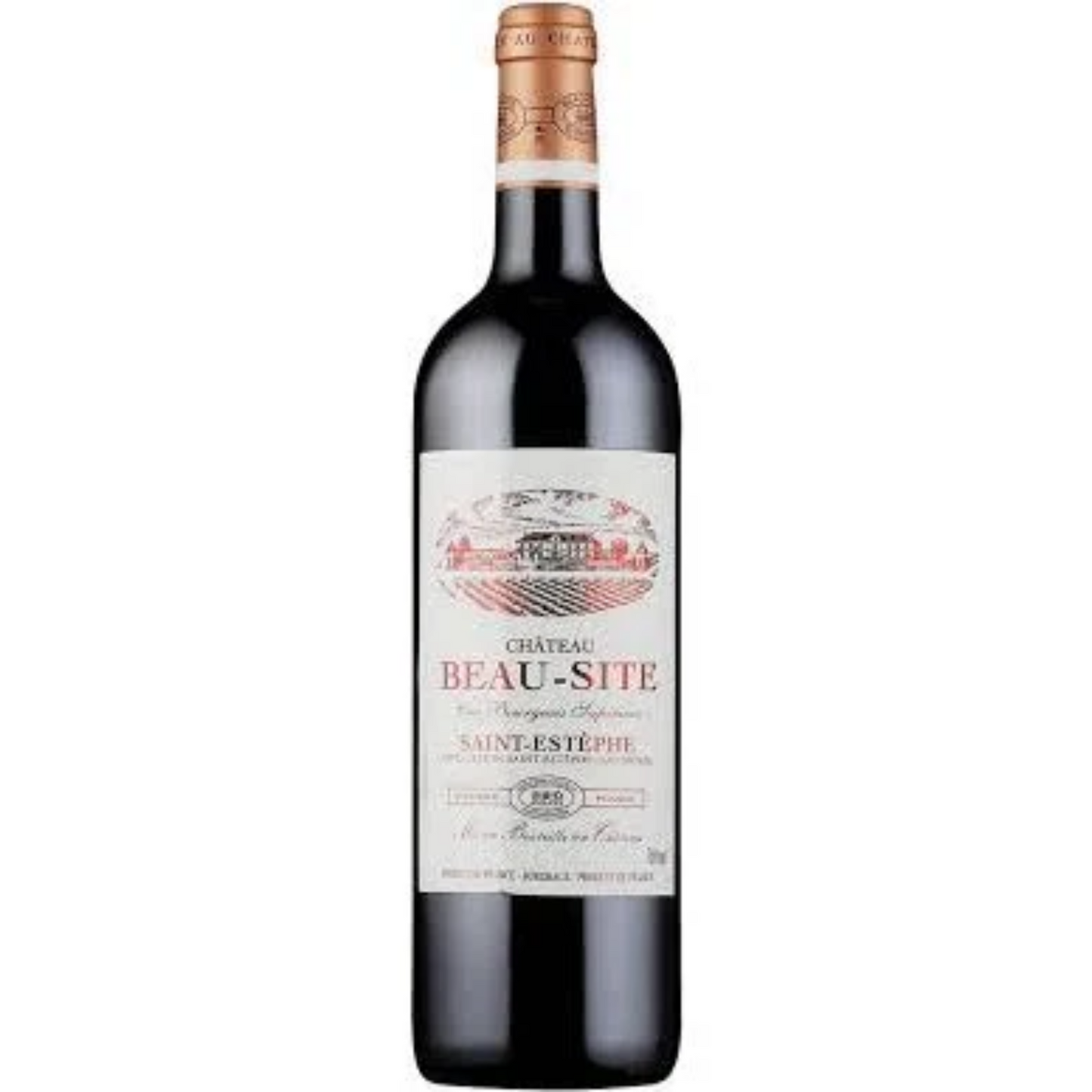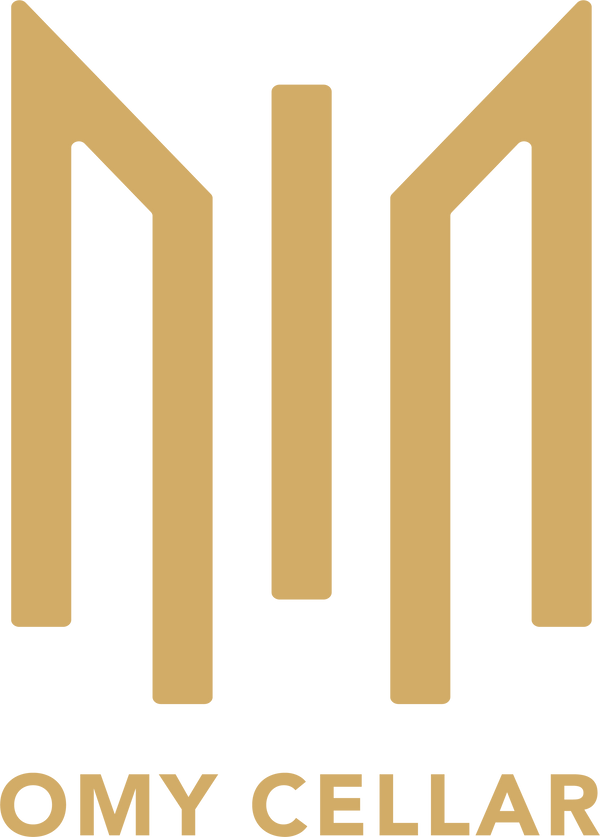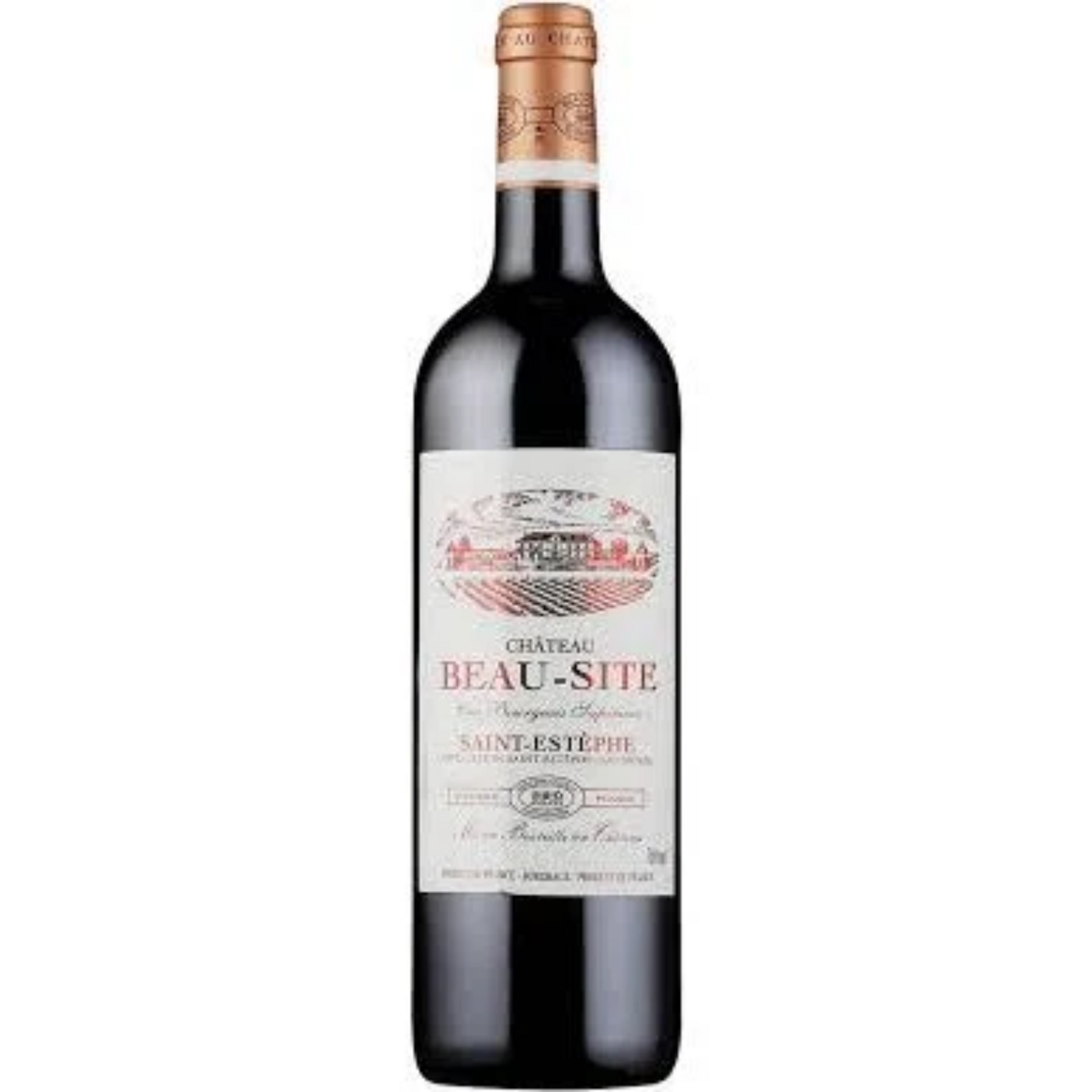Château Beau-Site Saint-Estèphe 2017
Château Beau-Site Saint-Estèphe 2017
Country: France
Region: Bordeaux
Volume: 750ml
Winery Background and History
Château Beau-Site, translating to “beautiful site,” is a historic estate located in the Saint-Estèphe appellation of Bordeaux, France. Situated on one of Médoc’s highest elevations, the château offers a panoramic view of the Gironde River. Its proximity to the renowned Château Calon-Ségur underscores its esteemed terroir. Established centuries ago, Château Beau-Site has cultivated a reputation for producing wines that exemplify the robust and structured character typical of Saint-Estèphe. In 1955, the estate was acquired by the Borie-Manoux family, who have since invested significantly in modernizing the vineyard and winemaking facilities. Notably, the château boasts one of the oldest underground cellars in the Médoc, dating back to the 18th century, providing optimal conditions for aging wines. Today, Château Beau-Site seamlessly blends traditional winemaking techniques with contemporary practices, ensuring the production of high-quality wines that reflect both the heritage and innovation of the estate.
Producer and Winemaker
Under the ownership of the Borie-Manoux family, Château Beau-Site benefits from the expertise of a dedicated winemaking team committed to expressing the unique terroir of Saint-Estèphe. The estate’s operations are overseen by experienced professionals who emphasize meticulous vineyard management and precise vinification processes. Their approach combines respect for traditional methods with the integration of modern oenological advancements, aiming to produce wines that are both reflective of their origin and appealing to contemporary palates. This commitment to quality and authenticity has solidified Château Beau-Site’s reputation in the competitive landscape of Bordeaux wines.
Vineyards and Micro Climate
Château Beau-Site’s vineyards encompass approximately 35 hectares, with vines averaging 35 years of age. The estate is located near the village of Saint-Corbian, at the northern extremity of the Saint-Estèphe appellation. The vineyards are characterized by their stony, gravelly soils, which provide excellent drainage and contribute to the development of deep root systems. This soil composition, combined with the vineyard’s elevation, fosters a microclimate that is conducive to the cultivation of late-ripening grape varieties, particularly Cabernet Sauvignon. The proximity to the Gironde River further moderates temperatures, reducing the risk of frost and promoting a long, even growing season. This unique combination of soil and climate conditions enables Château Beau-Site to produce wines with notable structure, complexity, and aging potential, hallmarks of the Saint-Estèphe appellation.
Grape Varietals & Percentage Used
The 2017 vintage of Château Beau-Site is composed of 70% Cabernet Sauvignon, 25% Merlot, 3% Petit Verdot, and 2% Cabernet Franc.
Vinification & Aging Methods
The winemaking process at Château Beau-Site adheres to traditional Bordeaux practices, enhanced by modern techniques to ensure precision and quality. Harvesting is conducted manually, allowing for careful selection of the grapes at optimal ripeness. Upon arrival at the winery, the grapes undergo destemming and are gently crushed before fermentation. Fermentation occurs in temperature-controlled stainless steel tanks, a method that allows for precise regulation of fermentation kinetics and preservation of varietal character. Post-fermentation, the wine undergoes malolactic fermentation to soften acidity and enhance mouthfeel. Aging is conducted in French oak barrels, with 50% being new oak, over a period of 12 to 15 months. This regimen imparts subtle oak nuances and contributes to the wine’s structural complexity. Throughout the aging process, the wine is regularly monitored and racked as necessary to ensure clarity and stability. Prior to bottling, the wine may undergo fining and light filtration to achieve desired clarity and purity. This meticulous approach to vinification and aging results in a wine that embodies the robust character and elegance associated with the Saint-Estèphe terroir.
ABV (Alcohol by Volume)
The 2017 Château Beau-Site Saint-Estèphe has an alcohol content of 13.5%.
Tasting Notes
The 2017 vintage of Château Beau-Site presents a dark, ruby-red hue. On the nose, it exudes aromas of tobacco leaf, leather, and blackcurrant. The palate is savory and herbal, complemented by an earthy minerality and subtle hints of tobacco smoke. The wine is medium-bodied with soft tannins, offering a balanced profile that leads to a smooth, cocoa-infused finish.
Food & Wine Pairing
This wine pairs exceptionally well with rich meats such as beef and game, as well as lamb dishes. The robust flavors and structured tannins complement hearty fare, enhancing the overall dining experience. Additionally, the wine’s earthy and savory notes make it a suitable companion for dishes featuring mushrooms or truffles, as well as aged cheeses that can match its depth and complexity.
Service Methods and Temperatures
To fully appreciate the nuances of the 2017 Château Beau-Site Saint-Estèphe, it is recommended to serve the wine at a temperature between 16°C and 18°C (60°F to 64°F). Decanting the wine for approximately one hour prior to serving can help in aerating and revealing its complex aromas and flavors. Utilizing Bordeaux-style wine glasses will further enhance the tasting experience by allowing the wine to breathe and concentrate its bouquet.
Storage and Aging Potential
Stored under optimal conditions—consistent temperature around 12°C (54°F), with appropriate humidity and away from direct light—the 2017 Château Beau-Site Saint-Estèphe has the potential to age gracefully for 8 to 12 years from its vintage date. As it matures, the wine is expected to develop deeper complexity, with the integration of its fruit, tannins, and subtle earthy notes becoming more pronounced, offering an enriched tasting experience over time.
Couldn't load pickup availability
83 in stock
View full details

